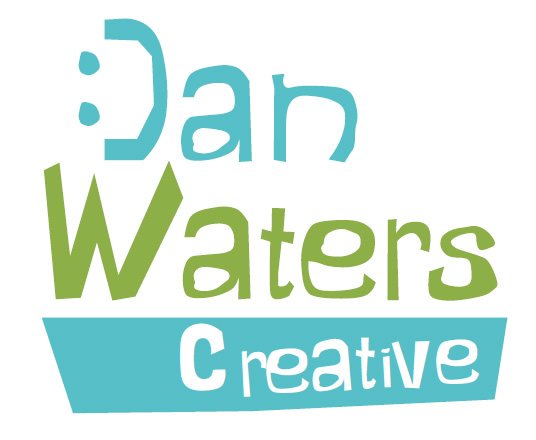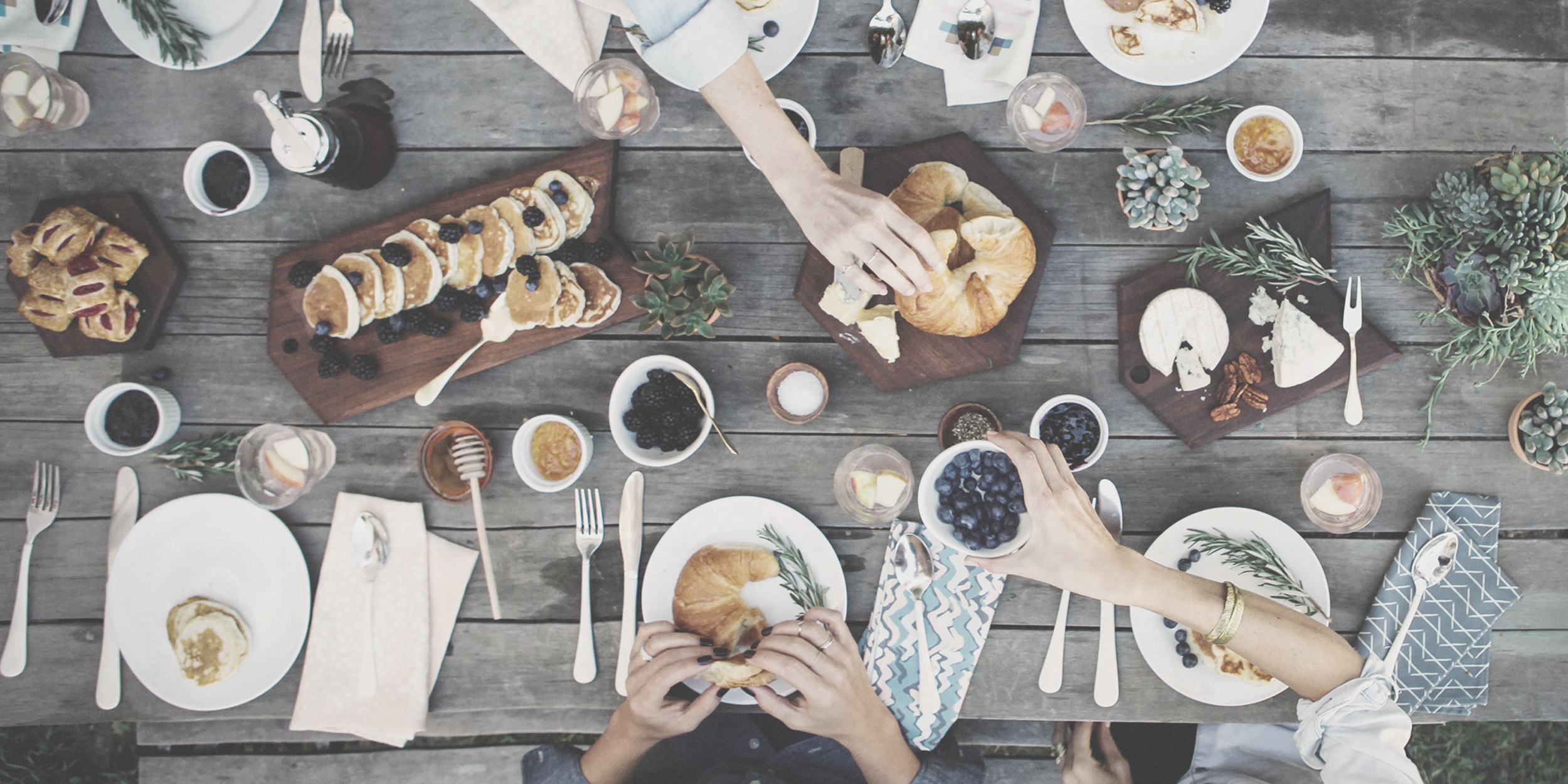DIY baby photography during Coronavirus lockdown
/Coronavirus means baby photographers are unable to work right now which means new parents are unable to get professional quality photographs of their babies. So, I thought I’d offer some photography tips for photographing your new baby at home.
But don't worry, you don't have to be as extreme as Cam in Modern Family… Zsa Zsa Gabor themed shoots are definitely optional! ;-)
The key moments in a baby’s first year
Newborn: Baby photographers class a baby as being newborn if they’re under 10 days old. After that they get stronger and wiggle around more and don’t stay in position as easily. After two weeks they tend to stick their arms and legs out a lot more and end up looking like starfish. So, for those snuggly, sleepy photographs of your baby looking teeny-tiny then 10 days or less is best.
At this point I should stress that safety is paramount; if you feel like you’re forcing your baby into position then stop.
This photograph should not be attempted… it’s actually two photographs stitched together in Photoshop and should not be attempted in one shot as it would not be safe for the baby. Leave this kind of thing to the pros.
3 months: This is the next landmark in a baby’s first year because now they can be put on their front and have the strength to lift their head up and start smiling. This is a great time for those sparkly-eye shots where they smile right into the camera.
6 months: This is when your baby will be able to start sitting. Make sure they’re very confident and stable before you consider photographing them. Some parents get excited that their baby can sit, when in reality the baby only sits for a few seconds before toppling over and crying! So, for some babies it may be 7 months or more before you can get nice, relaxed, safe photographs of them sitting. This is the age when you can get some lovely photographs outside in your garden. Spring is here so if you have any flowers in your garden then you can use them as a splash of colour, either in the background or foreground.
Before you start your baby photoshoot
Make sure your baby is fed and changed before you start. Newborns love to be warm so keep the house as cozy as possible. Although it’s a warm spring day as I type this you may still need to put the heating on or use a little fan heater. My rule of thumb is ‘if I’m not sweating during a newborn shoot then its not hot enough!’.
Newborns love sounds like ocean waves as it reminds them of being in the womb. Youtube has lots of suitable wave soundtracks that help your newborn drift off you sleep. The sleepier they are the easier it is to get them in the position you want.
Your camera
The better your camera the more POTENTIAL you have for a better photograph. But its more important to know what you’re doing with the camera than how expensive it is. An expert with a smartphone will create better photographs than a novice with £thousands of kit.
Smartphones are ok in the right light (more on that in a second), but they struggle in gloomy rooms. Smartphones have amazing screens that often make a photograph look better than it would do printed, so it can be easy to get fooled. The biggest problem with smartphones is you have very little control over how it takes the photograph. For example, having a lovely blurry background and soft fluffy cheeks while keeping eyes pin sharp can be tricky with a smartphone.
But, like I said, a well taken smartphone photograph will still beat a poorly taken one on an expensive camera.
The most important thing in photography
Light! Photo-graphy, loosely translates to ‘painting with light’. If you’re inside then use window light. It’s bright, without being harsh. Have the light skimming across your baby to help create depth and a 3-dimensional feel.
Outside you need to avoid bright sun. A cloudy day or a shady area is perfect.
If the background is a lot brighter than the light on your baby then your camera will often get fooled and your baby will look too dark. Either avoid having a background much brighter than your baby, or use the ‘exposure compensation’ feature on your phone or camera. This can brighten or darken your photograph.
On an iPhone you just tap the screen and then swipe up or down to brighten or darken.
Get closer
One of the main reasons people’s photographs aren’t good enough is they’re not close enough to the main subject. If you’re too far away you won’t see the softness of your baby’s skin, or the sparkle in their eyes. Getting closer also removes unnecessary and distracting clutter.
Please share this page with anyone who’s just had a baby, or who’s expecting.
Lie down
When photographing children, babies and animals your photographs will nearly always look better if you get down to their level. It feels more intimate. If you don’t fancy rolling around on the floor then you can place your baby on a nice thick blanket on the sofa - that way you only need to kneel or fit to get to their level.
Tonal and colour harmony
You want all the tones and colours to complement each other. You can either go for dark and moody or light an airy - but don’t mix the two. Avoid bright colours and busy patterns as they can get distracting.
Dressing your baby
Again, tonal and colour harmony are important. One common mistake is people put chunky, overwhelming clothes on their baby; like a thick, baggy onesie. The baby tends to get a bit lost in the photograph if you’re not careful. Sometimes the best baby photographs are with a simple nappy cover and nothing else.
Positioning your baby
As I mentioned earlier, at 3 months they can lie on their front and look up and at 6 months they can sit; so the trickiest age is newborns. Newborns have no strength so they need to be positioned carefully. One trick is to put blankets in a container (a bucket will do) that form a little pocket of space to support your baby. Place another blanket over the top so your baby can rest their head on the lip of the container. This is a clever way of getting your baby to comfortably ‘stand’ upright so you can photograph their face head on.
Another good position is to hold your baby in your arms and have someone photograph over your shoulder. It captures the emotional viewpoint you look at for hours every day.
The background
Make sure the background is uncluttered. A plain bit of wall is as effective as any studio background.
Camera settings for ‘posh’ cameras
If you’re using a camera where you can change the shutter speed and aperture then here are some quick and simple tips…
First, switch your camera to A mode (Nikon) or AV (Canon)
Make sure your shutter speed is 100th - 200th second.
Make sure your aperture number is as low as it goes (probably 5.6). This will help give you the nice soft, blurriness to the background and foreground.
If you shutter speed is much higher or lower than 100th-200th second then increase or decrease your ISO setting to speed up or slow down the shutter speed. If you double your ISO number you will double your shutter speed. If you halve your ISO you will halve your shutter speed.
Make sure you focus on the eyes. A red dot in the viewfinder will show what you’re focusing on.
Photoshop, printing and framing
Even with all my snazzy equipment I still retouch all my photographs to give them the extra finesse so they can grace the walls and albums of my client’s homes.
If you’d like me to Photoshop your baby photographs to give them a professional finish then send them to me at dan@danwaterscreative.com (you can use the free service www.wetransfer.com to email them without crashing your email). I’ll provide you with a quote depending on how much work needs doing and the number of photographs you’d like editing. It will be between £2 to £10 per photograph.
I can also help advise you on printing and framing too to help you avoid issues like pixelated prints etc.
I hope you’ve found this helpful - if so, please like and share and comment.
Stay safe and sane!
Hugs







